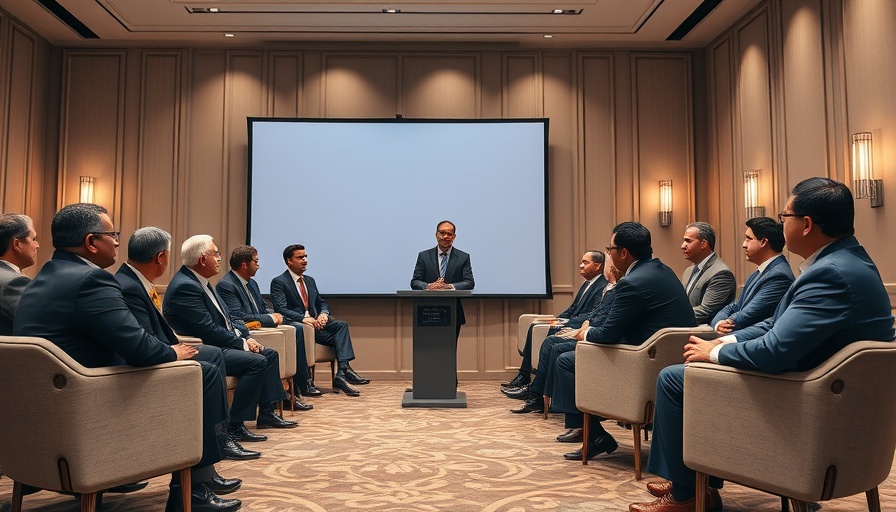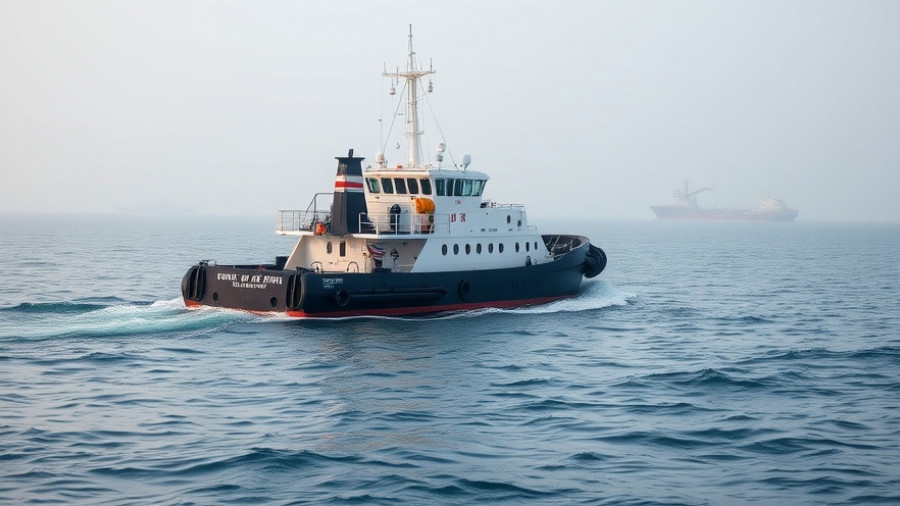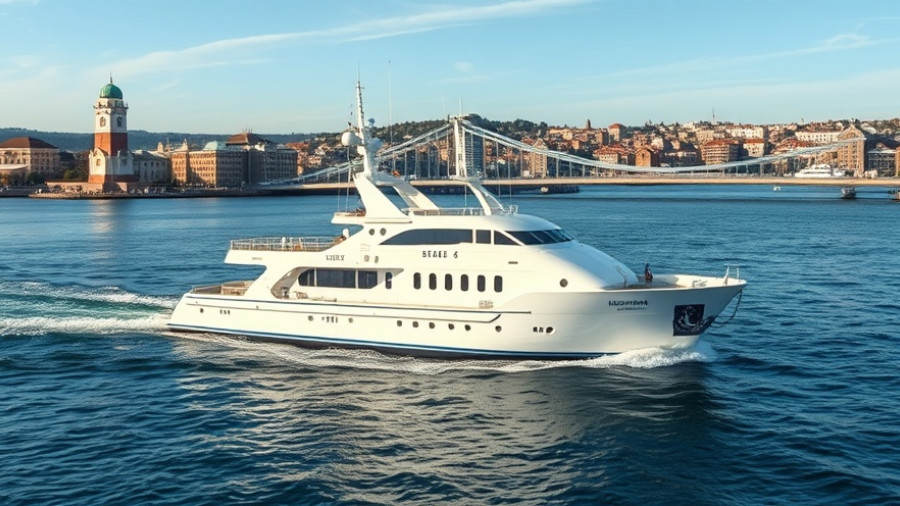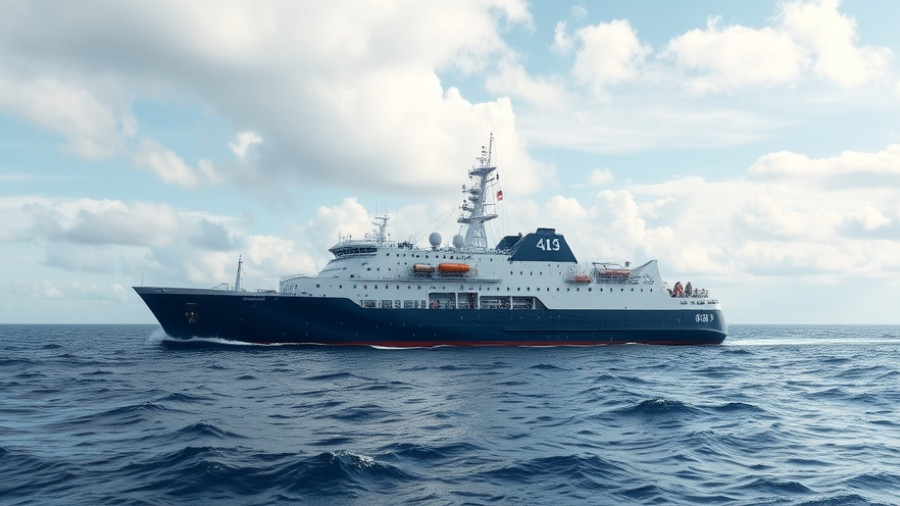
Honoring a Naval Legacy: Fincantieri's Vision for the Future
On October 15, 2025, Fincantieri Marine Group invited key figures from the military and political realms to reflect on two and a half centuries of U.S. naval history. Held at the Army and Navy Club in Washington, D.C., this momentous occasion emphasized not only the past achievements of the U.S. Navy and Marine Corps but also the pivotal role innovation will play in their future. CEO George Moutafis set the tone, asserting that as the nation celebrates 250 years of service, it must also prepare for the next chapter. “Innovation and emerging technologies are critical as we embark on another 250 years of maritime excellence,” he stated, highlighting Fincantieri's commitment to advancing shipbuilding.
The Challenge of Emerging Strategic Threats
The panel discussion featured prominent voices like Brent Sadler from the Heritage Foundation and former Congressman Mike Gallagher. They underscored the increasing need for vigilance in light of contemporary challenges posed by nations like China. This call to action acknowledges that the geopolitical landscape is shifting, urging the U.S. Navy to adapt its strategies to maintain maritime dominance.
Innovation as the Keystone of Naval Progress
For Fincantieri, innovation is not merely a buzzword; it’s essential. The company boasts extensive experience in shipbuilding, particularly in small combatants and complex maritime vessels. This foundation, paired with initiatives addressing both crewed and unmanned technologies, puts Fincantieri at the forefront of naval innovation.
The Integration of Technology in Shipbuilding
Among the most talked-about advancements during the event was digital shipyard transformation. This refers to the convergence of technology and shipbuilding processes, allowing for accelerated production timelines and enhanced operational efficiency. Such a focus aligns with the recently unveiled Naval Science & Technology Strategy, which emphasizes collaborative efforts across the military, government, and private sectors to tackle and innovate in naval challenges.
Future Trends in Naval Warfare
The future of maritime warfare lies in the seamless integration of human capabilities and advanced technologies. As seen with growing reliance on unmanned systems and intelligent decision-making tools, the U.S. Navy is actively transitioning from traditional ship-centered approaches to more intricate, cohesive operational ecosystems.
Human-Machine Collaboration: The Heart of Future Strategies
The people behind the machines remain integral to naval operations. The U.S. Navy is investing in human-machine teaming, combining the strengths of innovative technologies with human intuition and decision-making abilities. Advances in augmented reality for training and real-time operational support are pivotal for maintaining effectiveness on the high seas.
Global Collaboration for Solidarity and Strength
As naval competition heightens, collaboration among allies becomes increasingly vital. The event highlighted the importance of partnerships — strategies, technologies, and innovations must be shared among NATO allies and partners in the Indo-Pacific to sustain a competitive edge against adversaries. This interconnectedness is essential for shaping strategies that address global maritime security challenges.
Embracing Challenges: A Call to Current and Future Generations
While Fincantieri's contributions set a strong foundation for the future, the road ahead is fraught with challenges. Issues such as budget constraints, technological gaps, and talent acquisition present hurdles. Adapting to these realities demands leadership and creative problem-solving. The event closed with Moutafis emphasizing the importance of resilience in the face of change, reiterating that our naval history must inspire today’s innovations.
 Add Row
Add Row  Add
Add 




Write A Comment